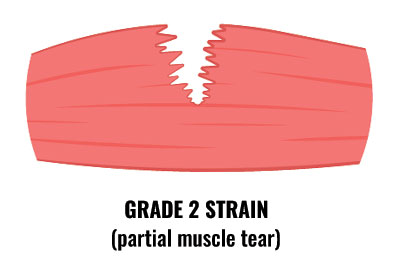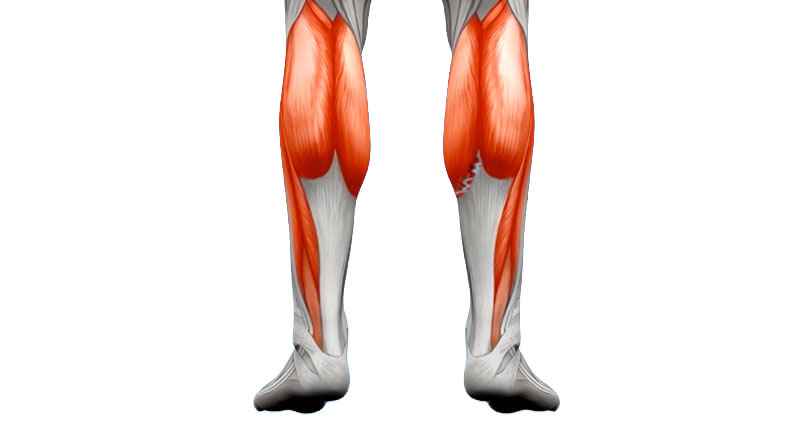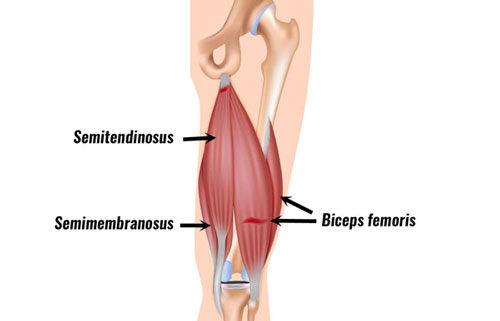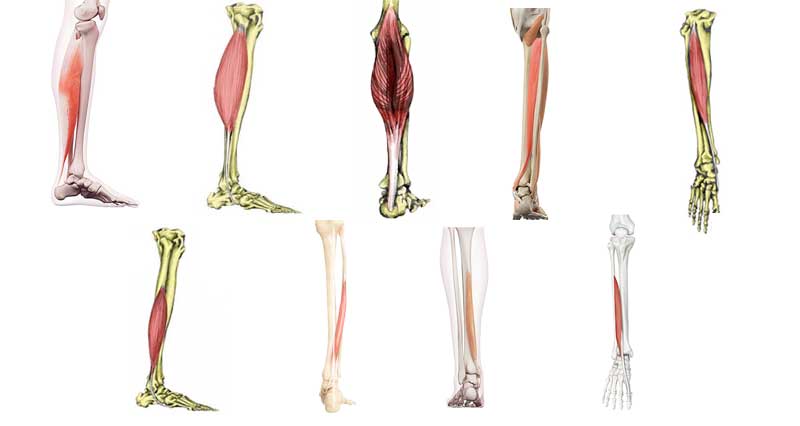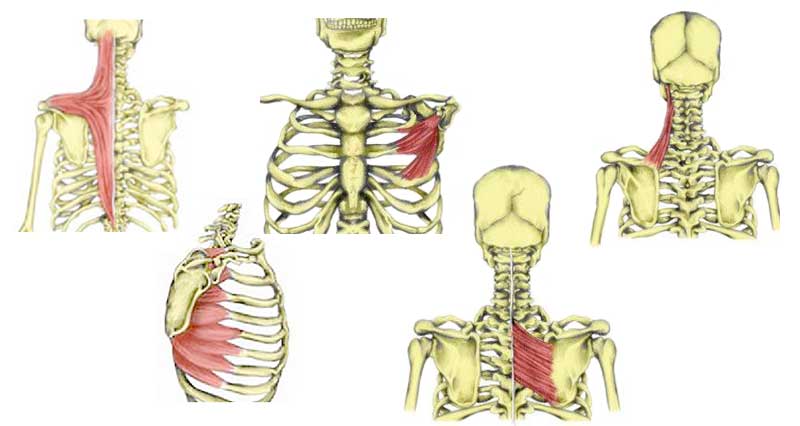Skeletal muscle structure consists of bundles of muscle fibres comprised of smaller and smaller elements.
1. Epimysium
The epimysium is a protective covering which surrounds the muscle and holds it all together. It reduces friction between the muscle and surrounding bones and other tissues. The epimysium also extends at either end to form the tendons of the muscle.
2. Fasciculi
Fasciculi are bundles of muscle fibres. The fasciculi of larger muscles have more fibres per bundle and smaller muscles contain less. They range between 10 and 100 fibres per fasciculi. Another connective tissue called the perimisium surrounds groups of fasciculi.
3. Muscle Fibers
The endomysium is the connective tissue which surrounds each individual muscle fiber. It insulates each fiber.
Muscle fibres again vary in size but can be up to 35cm long and 10 micrometers (0.01 mm) in diameter.
Each muscle fibre has a cell membrane called the Sarcolemma. Beneath this is the Sarcoplasm, a gelatinous fluid which fills most types of cells. Contained within the Sarcoplasm are mitochondria. These are the powerhouse of any cell, which produce it’s energy.
4. Myofibrils
Muscle fibres contain Myofibrils, which are cylindrical structures. Each muscle fiber contains hundreds or even thousands of them!
Myofibrils consist of bundles of two proteins called Actin and Myosin which run the length of the muscle fiber and are vital for muscle contraction.
Another important feature for muscle contraction is the Sarcoplasmic Reticulum. This is a network of channels which surround the myofibrils and store calcium. Calcium triggers and stops muscle contraction.
Transverse tubules pass inwards from the Sacrolemma throughout the Myofibril, through which nerve impulses travel.
Each Myofibril breaks down into functional repeating segments along it’s length, called Sarcomeres. It is these segments the cause the muscle shortening seen during concentric contractions as the filaments slide over each other.
More on Sliding filament theory
Further reading:
- Google Scholar – research papers and books on skeletal muscle structure
- TeachPE.com – Learn about muscles
